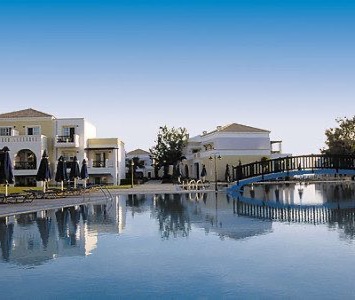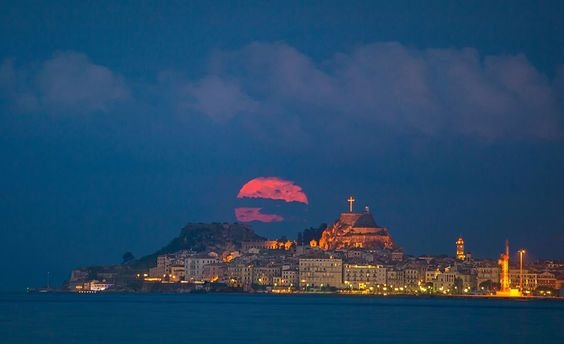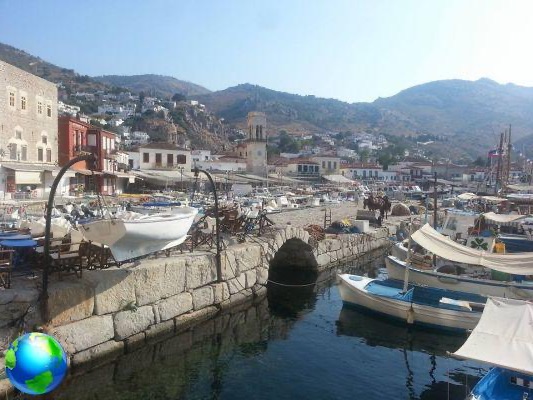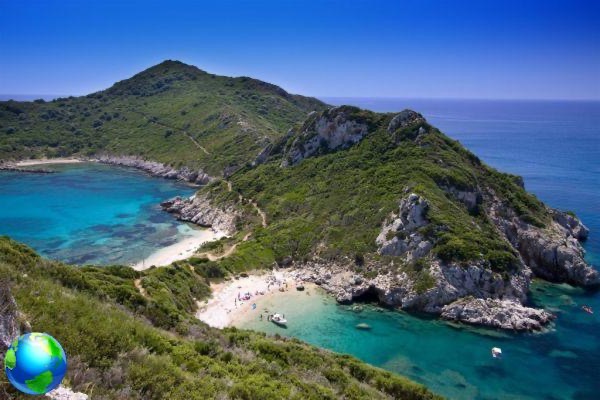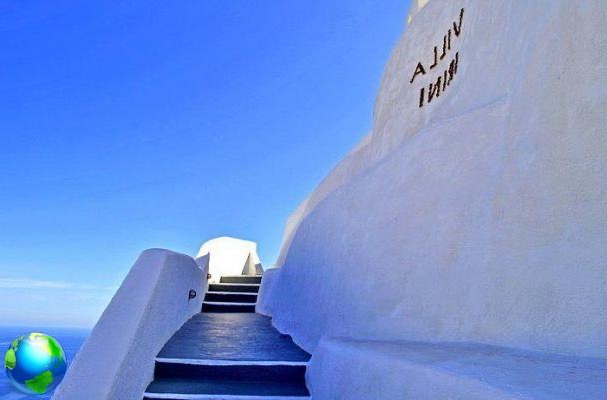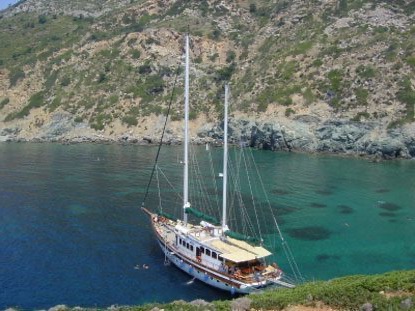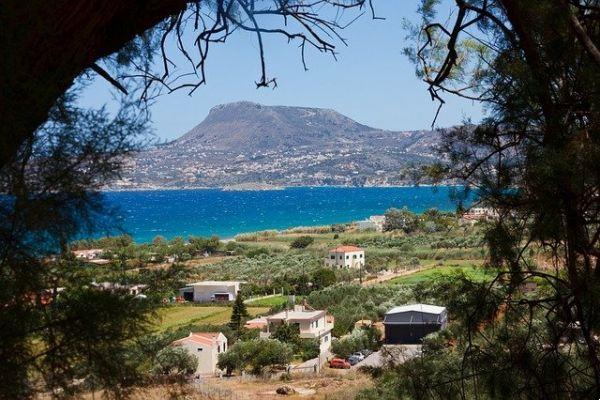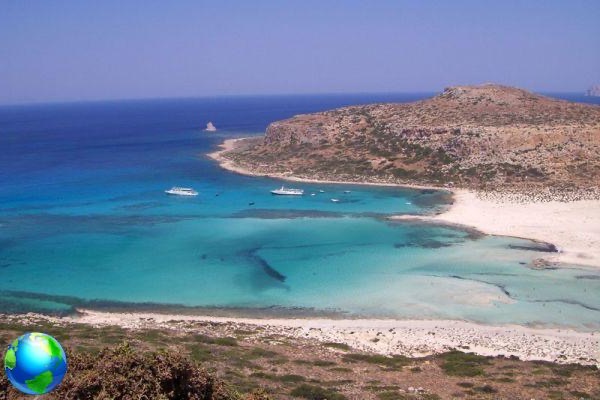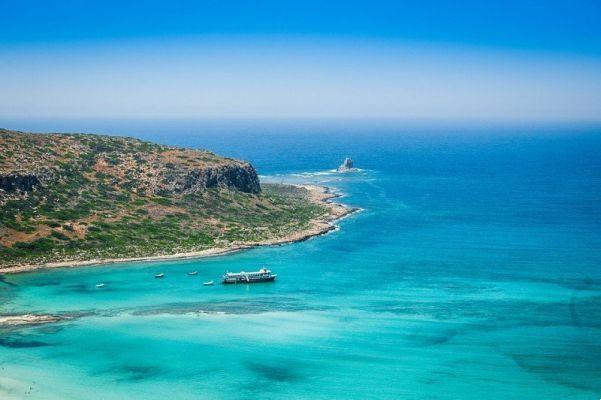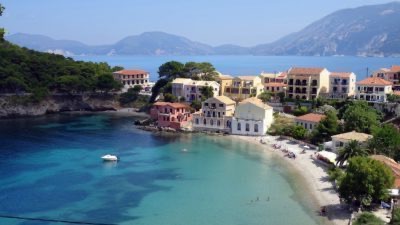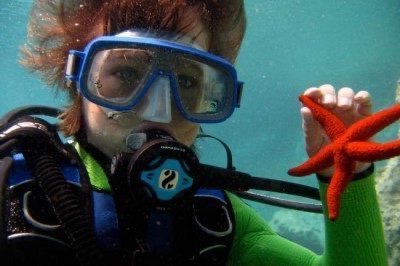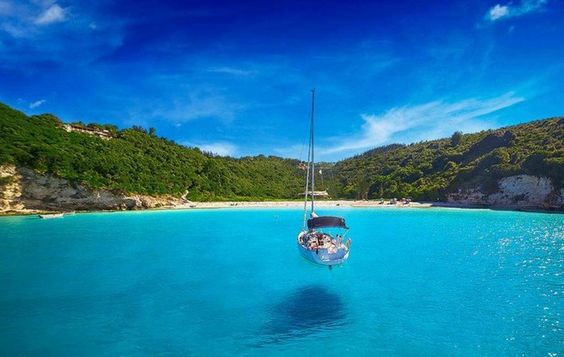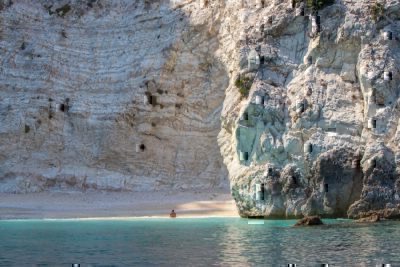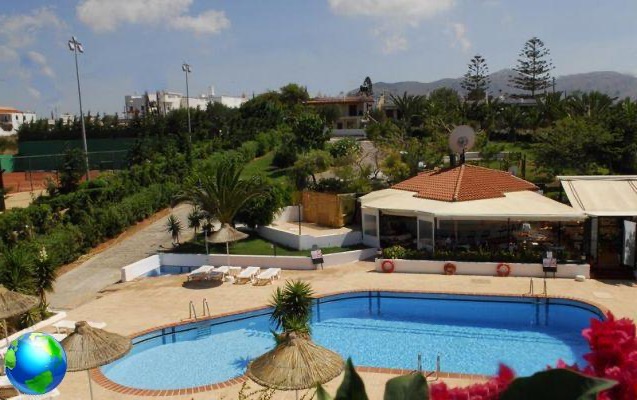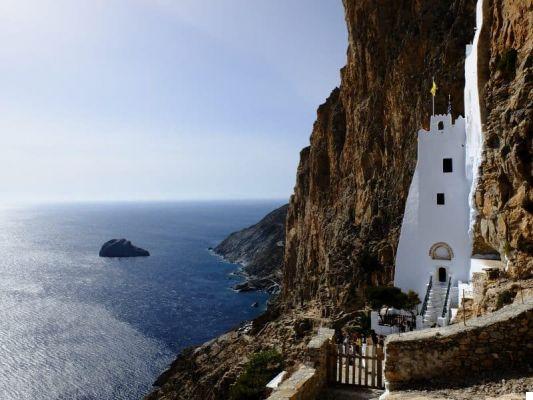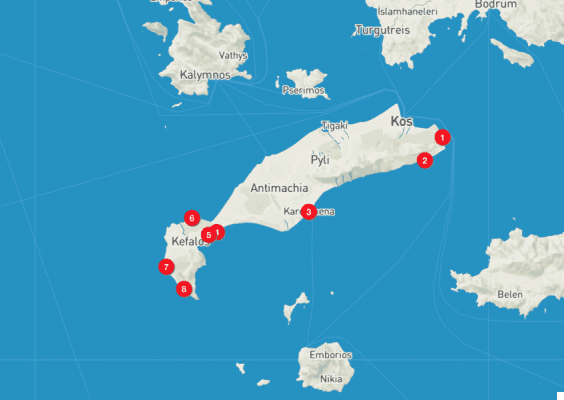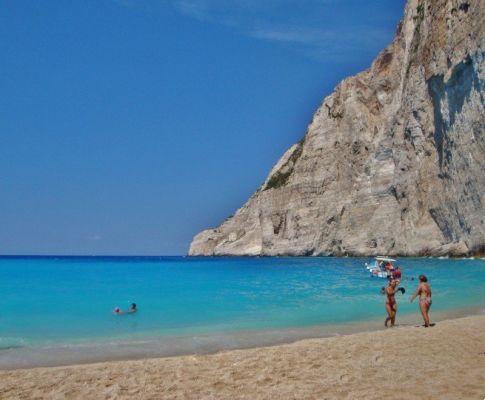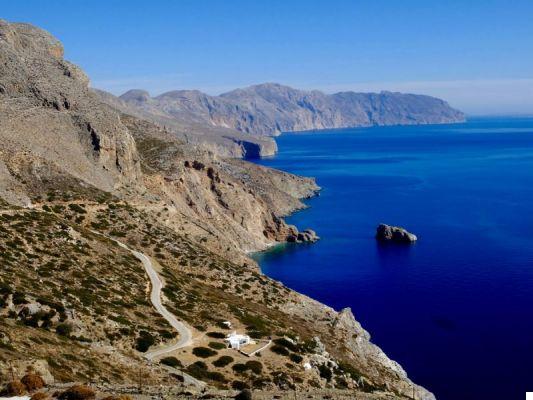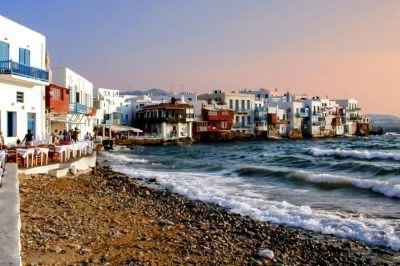What to see in Greece in Athens, Acropolis and Cape Sounion, how to get there by public transport, how much the single, reduced and cumulative ticket costs, a bit of history to discover even better these places full of history.
In a time when the gods competed for the dominance of the lands there was a powerful fight in Attica for the control of the capital city of the region. The myth tells through the words of Apollodorus that “Poseidon first went to the place, struck a blow from his trident in the middle of the Acropolis and made a sea appear that today they call Eretteid. After him came Athena, who took Cecrops as a witness of his settlement and planted an olive tree. "
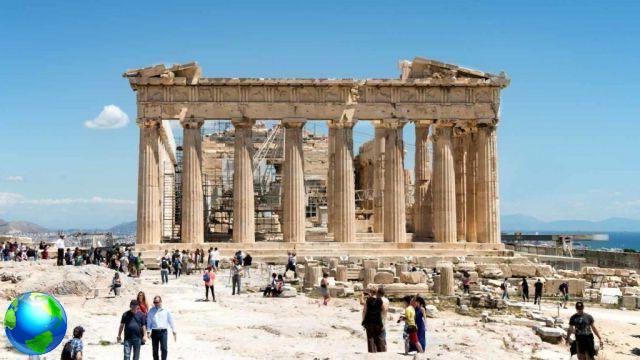
The wise Zeus and twelve of the witnesses of the event judged the gift brought by Athena, the sacred olive tree with its very tasty oil to be more appropriate and useful to citizenship and therefore the polis was consecrated to her which since then bears the name of Athens. The sacred olive tree stands today on the acropolis next to the small temple that houses the sacred spring made by Poseidon known as Erechtheum.
The latter, well known for the supporting columns of its portico, the so-called Caryatids, is only one of the ancient structures that can be seen in the best known archaeological site in Greece, that of the Acropolis of Athens.
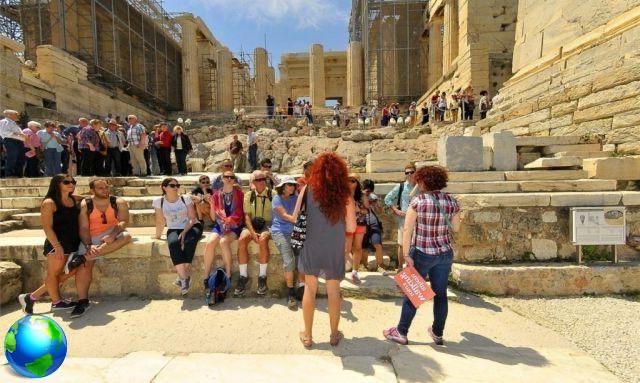
How to get there and how to access the Acropolis
From ancient Greek ἄκρος "Akros" high and πὸλις "Polis" city, the site is in an elevated position compared to the other districts of the city so it is visible from every point. Of course, public transport does not reach the top, but the subway approaches the main entrance where the ticket offices are located, stop (with an obvious name!) Acropolis.
The entrance ticket costs 20€ (reduced € 10) and is valid only for access to the Acropolis. If you want to expand your visit by entering other archaeological sites, a good solution can be the total ticket from 30 €, which also gives access to the Pottery, its museum, the ancient agora and the Roman one.
The site is open from 8.00 to 20.00, I do not recommend the climb in the middle of the day, especially in summer!
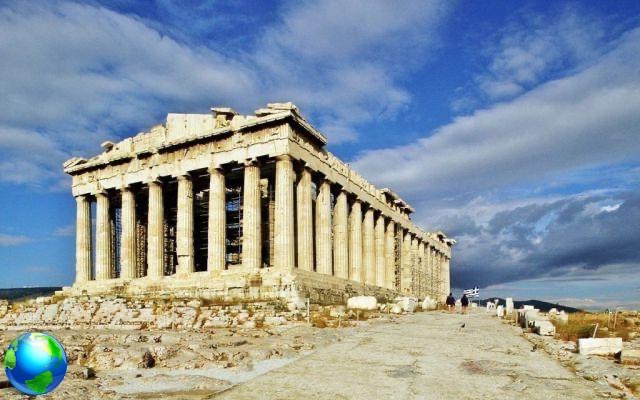
What to see in the Acropolis
If you are gods archeology enthusiasts you could spend an entire day up here: the visit route in fact follows the uphill road of the ancient Via Panatenaica, the way of the religious processions that went up to the main temples commemorating the unification of the villages by Theseus and the consequent foundation of the city . Along the way you could already stop to admire what remains of the Odeo of Herodes Atticus, of the Stoà of Eumenes and the Sanctuary of Asclepius.
Once at the top, you enter the sacred area itself through the monumental Propylaea from which you will already be able to see the imposing bulk of the Parthenon (Παρθενών, Parthenṓn), the best known temple of the Greek world, dedicated to Athena, patron saint of the city, the symbol of Athenian democracy and a magnificent achievement of the classical period.
Alongside, the aforementioned Erechtheum (Ἐρέχθειον, Erechtheion), the place of the mythical dispute, cannot escape.
Following the visit path clockwise you will find yourself at panoramic terrace exactly opposite the entrance and, afterwards, the side terrace overlooking the theater of Dionysus, home to the great ancient theater competitions.
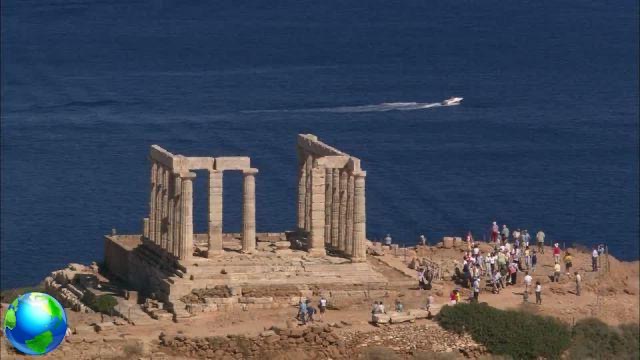
How to get to Cape Sounion
From Athens you reach the site in bus, in about two hours, which, however, flow pleasantly since most of the route has a sea view.
The stop is near the National Archaeological Museum, in Aegyptou Square, on the Mavrommataion avenue side. You can get here by underground, Victoria stop.
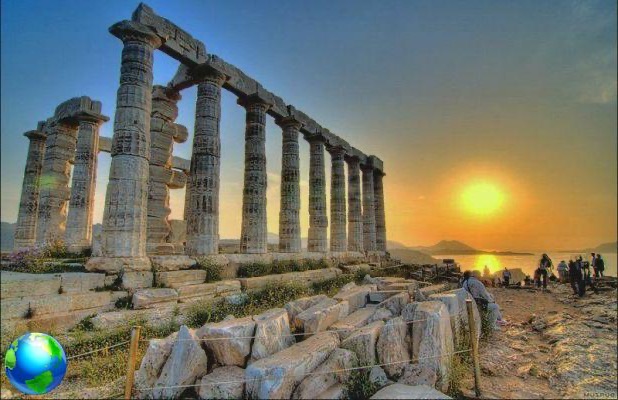
What to see in Cape Sounion
The defeated rival, Poseidon, did not become a citizen patron. However, a noteworthy temple on the coast was dedicated to him, from which one could look at the Aegean sea, “boundless and wine-colored“.
Egeo was the name of the mythical king of Athens, father of Theseus, who scanned the horizon from these rocks waiting for his son, who left for Crete to defeat the Minotaur: if he returned victorious he would have raised white sails, otherwise the ship would have had black sails. The myth tells us that Theseus returned victorious, but forgot, in the frenzy, to replace the sails of his ship which then appeared black and fatal in the eyes of his father. Aegean desperate he threw himself off the cliff believing he had lost his beloved son and the Greek sea sadly bears his name since that day.
The Doric temple dedicated to the god of the sea was a suggestive attraction for travelers of all times, perhaps also because from here enjoying a wonderful sunset! I would therefore recommend an afternoon visit!
Lord Byron he was so fascinated by it that he engraved his name on the base of a column and cited the place in his poem Don Juan.




